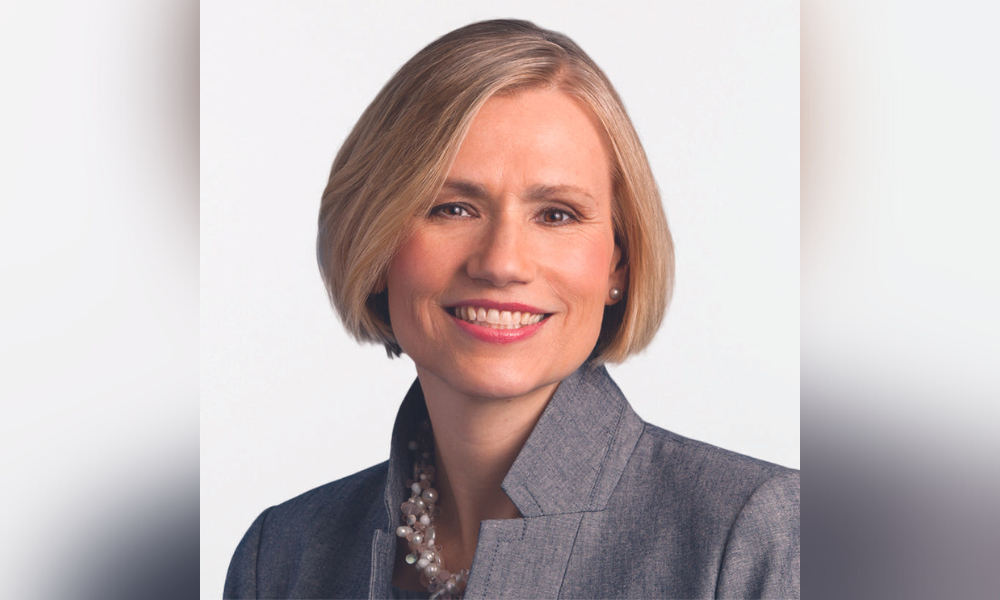Hooper noted that some sources of inflationary pressure, such as global supply chain pressures, are easing quickly. But, others, such as wages, could prove to be more stubborn. She warned that components that are easing, such as global supply chain pressures, could reverse if jurisdictions adopt very significant COVID lockdowns again.
Given that there has been an extraordinary environment of synchronized tightening from many central banks, all eyes have been turning to the global economy and inflation rates.
Hooper noted that since there is a lag, “while we have seen some economic damage, I believe we have yet to see much of the impact of this tightening on the economy.”
She urged the financial industry to watch the Purchasing Managers Indexes (PMIs), especially the new orders subindex. The Eurozone’s economy had already showed signs of further weakening from September to October, its fourth month of contraction. Its new orders also contracted substantially and its services PMI a fell in October, marking the third month of contraction while input cost inflation accelerated in October.
Hooper is monitoring the global PMIs, but said that she’s comfortable with modest month-over-month declines, given that central banks are engineering a potent slowdown. But, she warned that any sharp drop would cause concern and provide a sign that central banks had overdone tightening.


